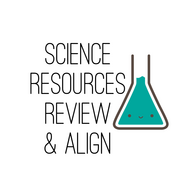(View Complete Item Description)
In this lesson, students will learn about the scientific method and the characteristics of life by assuming the role of epidemiologists. The scenario that they will investigate is that many individuals in the school have recently become ill with gastrointestinal symptoms (vomiting, diarrhea, dehydration, and headache). Students will discover the source of the illness, the microbe causing the illness, and the biology behind the organism spreading the disease. By examining stool samples made from molasses and water, students will examine differences between affected and unaffected individuals. The students will eventually determine the source of the outbreak is contaminated water in the school cafeteria and conclude that the microbe involved is a bacterium called cholera. Students will then conclude the lesson by investigating an outbreak of birth defects.
Material Type:
Lesson Plan








